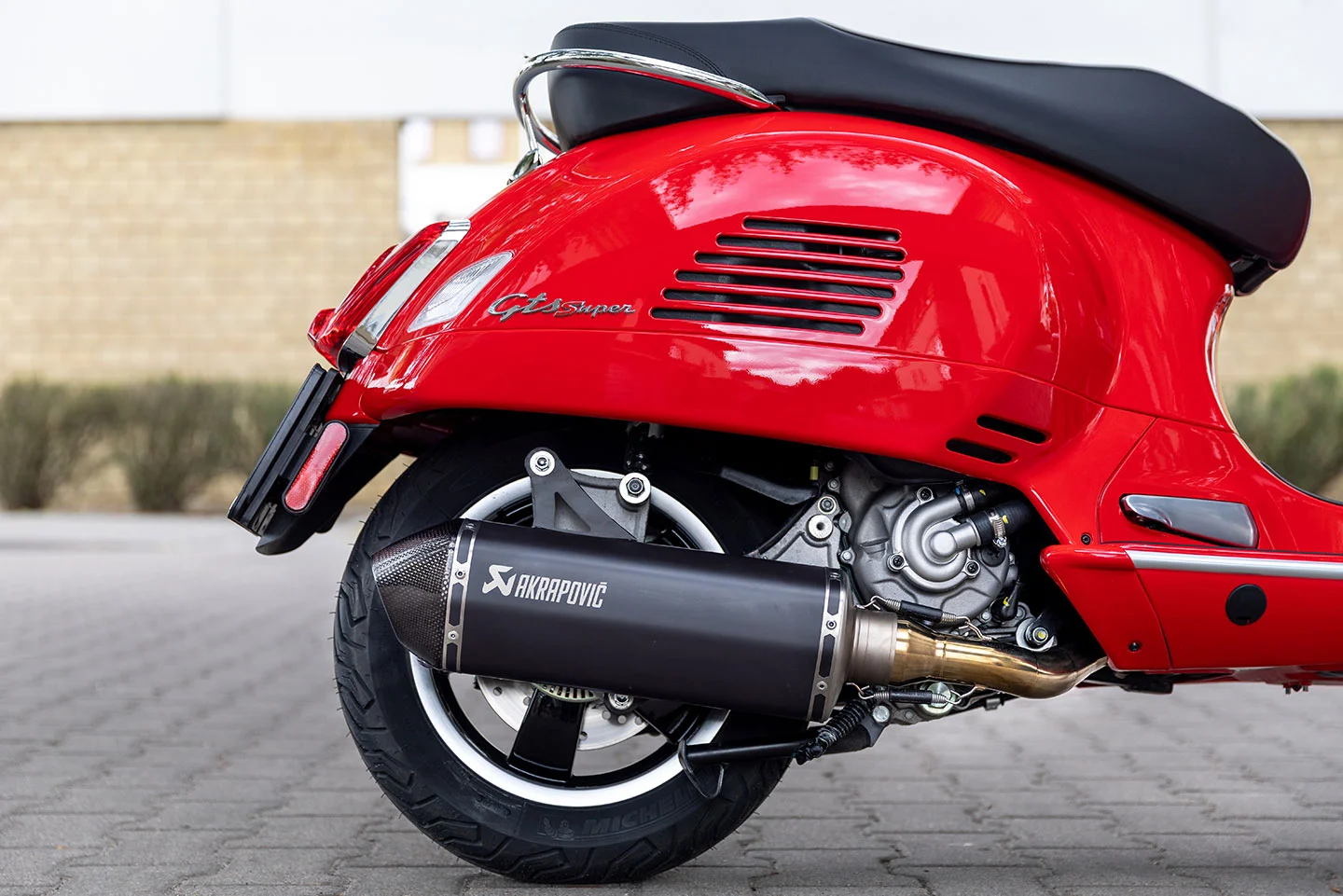Mario Andretti is widely considered the best race car driver in American history, with the polls among car racing fans conducted 15 years ago confirming this. No one since then has come close to challenging his status. Andretti’s record of accomplishment in various categories of races throughout a lengthy and fiercely competitive career places him in a separate class, unquestioned by his numerous rivals. However, there may be room for debate on who deserves the title of America’s greatest overall racing personality of all time.
Candidates include Bill France Sr. and Jr., who founded and turned NASCAR into America’s most prosperous racing series, Roger Penske, who created and developed the ultimate American race team, Harry Miller, who designed and raced the legendary Miller Indy cars in the 1920s and 30s, and Fred and Augie Duesenberg, the earliest prominent race car builders in America. And let’s not forget Richard Petty, the unsurpassed King of NASCAR, and Dale Earnhardt, who became a bigger icon of NASCAR after his death.

Additionally, Andretti, who won versatile races and championships, symbolizes the international American racer and serves as an illustration of the successful immigrant who has transcended the sport.
Nevertheless, in our opinion, Dan Gurney is America’s utmost racing personality. His racing career matches Andretti’s in terms of diversification and success, but what sets him apart is an outstanding second career lasting more than three decades as a race team founder and innovative car builder.
Dan Gurney’s impressive racing career and achievements make him second only to Mario Andretti on the list of greatest American racers of all time. His most notable achievement as a driver was winning the Grand Prix at Belgium’s Spa-Francorchamps in June of 1967 in a car built by his own team, the Eagle-Weslake V12, setting a new record of the track reaching the speed of 148.8 mph. The previous weekend, he won the Le Mans 24 Hours with AJ Foyt in a Ford Mk IV, where Gurney’s experience played a significant role in tuning up the car for the competition. He then proposed Foyt take part in the race in a second AAR Eagle car at Spa the next weekend, but Foyt refused while Gurney continued to make racing history.

Gurney’s versatility as a racer was outstanding. He was racing in various categories, including Formula One, Le Mans, Can-Am cars, Indycars, NASCAR, and Trans-Am. However, Gurney’s focus on building and driving his Eagle racing cars built in his All American Racers shop in Southern California affected his driving career, resulting in him dropping out of Formula One.
From 1959 to 1970, Gurney had a successful 12-year career in Formula One. He first joined Ferrari, then moved on to BRM, Porsche, and Brabham before racing his own Eagle cars from 1966 to 1968. Although he did return to race for McLaren in 1968 and 1970, he ultimately retired from racing at the end of 1970. Throughout his career, Gurney won 4 world championship Grands Prix and 3 more non-championship Formula One races. He also achieved several podium finishes in the world championship, including a third-place finish in 1961, tied with Stirling Moss, and finished 5th, 6th, and 4th in 1962, 1963, and 1965, respectively.
Gurney was known for his speed and skill on the track, starting from the front row 22 times in 86 world championship starts. At difficult tracks like Spa and the Nürburgring, he established the fastest lap times and track records. In 1964, he set a new record on the track and was on the pole at Spa but ran out of fuel on the second-last lap, while in the German GP at the Nürburgring in 1967, he not only set a new track record but also led the race by almost a minute before a driveshaft broke.
Don’t know what pole is? Ask the experts in the best app for motorcyclists CryptoMoto!
During his career with Lotus, Gurney had a close relationship with Jim Clark, who was both his friend and rival. The two respected each other greatly and even raced together as teammates at Indianapolis in 1963 and 1964. According to Motor Sport magazine, Gurney was instrumental in connecting Lotus founder Colin Chapman and the Ford Motor Company, launching the rear-engine revolution of Indianapolis and Indycar racing.
Before being invited to test a factory Ferrari sports car in Italy at the end of 1958 through Luigi Chinetti, Gurney’s racing career began in California in 1957 and 1958 with a 4.9-liter Ferrari sports car. In 1959, he joined the team to drive sports cars, and in the middle of that year, he was promoted to the Ferrari Formula One team. Gurney needed thirty races after competing in his first one on a Triumph TR2 in the fall of 1956 to make it to Formula One.
Overall, Gurney’s driving skills and versatility as a racer earned him a place among the top American racers in motorsport history.

Gurney was a skilled long-distance sports car driver who achieved significant victories in his career. He won the Sebring 12 hours in 1959 and the Tourist Trophy six-hour race at Goodwood with Tony Brooks, Ferrari’s F1 team leader at the time. Brooks, who regarded Gurney as an excellent driver, praised his driving abilities and recalled their partnership as an enjoyable experience.
After parting ways with Ferrari and joining BRM in 1960, Gurney drove a Maserati T60 for Lucky Casner’s Camoradi team in some sports car races, including the Nürburgring 1000Kms, where he teamed up with Stirling Moss. The duo came from behind to beat Ferrari’s team of 3 cars in a dramatic comeback victory in heavy rain, which Moss described as one of the most classic comeback wins at the Ring. Gurney won the inaugural Daytona International Sports Car Race in 1962. He led the race for the majority of it before his engine failed on the very last lap. However, he cleverly coasted across the finish line ahead of his competitors Phil Hill’s Ferrari and Jim Hall’s Chaparral.
Dan Gurney’s impressive driving career included winning the Le Mans race in ’67 with Foyt and Ford, and several victories in the Can-Am series, including being the only person to win a Can-Am race for Ford in ’66. He also won a Can-Am race at Mosport in ’70, taking over for Bruce McLaren, who had died the previous month while testing the latest McLaren Can-Am car. Gurney’s victory at Mosport helped to bring the McLaren team together after the loss of its founder.
In addition to his successes in sports car racing, Gurney was also dominant in NASCAR races at the old Riverside Raceway, his home track, earning the title “King of Riverside“. He won the January 500-mile NASCAR race five times over seven years between ’63-’68, four of them with the Wood Brothers, who considered Gurney the best driver they ever had. Gurney also triumphed in British touring car racing in the early ’60s, defeating the favored Jaguars and Lotus Cortinas while driving both a Chevrolet Impala and Ford Galaxie. Moreover, he set a cross-country record from New York City to Newport Beach, California, in the original Cannonball Run, driving a Ferrari GTO with journalist Brock Yates.
Gurney’s driving career was unmatched by any American driver. Moreover, his success as a team owner and car builder was equally impressive, and no other top American driver has had anything comparable.

After retiring from driving, Gurney had an impressive second career as a team owner and car builder with All American Racers. Over a 34-year period, AAR built and raced winning cars for various categories, including F1, Indycars, Can-Am, Trans-Am, IMSA GTO GTP cars. Their record of wins over that time includes 50 Indycar wins in USAC and CART, two F1 wins, one each in Can-Am and Trans-Am, four in IMSA’s GTU category, six in GTO, and twenty-three in GTP. Gurney’s achievements as a team owner and car builder were unparalleled by any other top American driver.
In August 1966, Roger McCluskey secured the first IndyCar triumph for the Eagle brand at Langhorne. The following year, Dan won F1 races at Brands Hatch and Spa with the Gurney/Weslake V12-powered machine. In 1968, Bobby Unser claimed the first of his three Indy 500 victories for the Eagle brand. Several years later, the ’72 Eagle-Offy, designed by Roman Slobodynskyj, raised the bar for oval track racing. This car, which broke the 200 mph barrier for the first time with Jerry Grant at the wheel, set a new track record at Indianapolis, beating the previous one by 17 mph with Bobby Unser driving. The ’72 Eagle dominated USAC racing for several years and remained competitive for five years. In 1973, Gordon Johncock won the Indy 500 in one of these cars run by Patrick Racing, while Bobby Unser won the race driving for AAR in 1975. In 1973, at least twenty Eagles were in the Indy 500 field.

The ’81 Eagle-Chevy was another noteworthy Eagle Indy car. This car was powered by an all-aluminum “stock-block” Chevy V8 and used a different approach to generate a ground effect called BLAT (boundary layer adhesion technology) developed by designers John Ward and Trevor Harris. While everyone else was running Cosworth DFX turbos, this car was able to qualify on the front row at Indianapolis in 1981, and Mike Mosley secured a famous win from the back of the field at Milwaukee two weeks later. However, AAR’s rival CART team owners eventually outlawed the car.
After racing the March chassis in CART for a few more years, AAR re-established its reputation in IMSA with Toyota, building and racing championship-winning GTU, GTO and GTP cars. AAR’s Toyotas won the IMSA GTU championship in 1985 and the GTO title in ’87, while the spectacular Eagle-Toyota GTP cars won 17 straight races – 23 altogether – and successive IMSA championships in 1992 and ’93. Gurney and AAR returned to Indycar racing with Toyota in 1996 and designed a series of new Eagle-Toyota CART cars. The last Eagle Indycar was beautiful and effective, yet it never achieved high results as it took several years for Toyota to make reliable and competitive engines. At the same time, AAR was contracted to run Goodyear tires in the face of overwhelming opposition from Bridgestone/Firestone. In 1999, Toyota chose Chip Ganassi to manage its primary team in CART, which meant the end of AAR’s extensive period as a car builder.
Over the course of four decades, AAR established a well-deserved reputation for creating some of the finest racing vehicles ever designed and built. The level of craftsmanship behind AAR’s Eagles was greatly enhanced by seasoned craftsmen like Phil Remington and Jerry Whitfield. Dan Gurney also made other crucial contributions to the sport. He helped Chris Pook in founding and building the Long Beach GP into the classic street race it has become. He introduced the full-face helmet to racing back in the late ’60s and invented the Gurney flap, which many racing teams worldwide have used for years to aerodynamically tune their cars.
Dan Gurney was one of the pioneers who founded CART in 1978 and 1979, after relentlessly advocating for better management of rules and an improved commercial package from USAC. His famous ‘White Paper’ delineated the changes required to revive Indycar racing, and his ideas remain pertinent and reasonable to this day.
Besides his numerous accomplishments, Dan is also a genuine gentleman, well-read, and with a sharp wit. Fans who have had the pleasure of meeting him are consistently impressed with his humble and gracious demeanor. Many race fans have remarked on his admirable character, referring to him as a “nice guy” and a “gentleman”.








